A team from Oak Ridge National Laboratory and Vanderbilt University made the first experimental observation of a material phase that had been predicted but never seen.

news, journals and articles from all over the world.

A team from Oak Ridge National Laboratory and Vanderbilt University made the first experimental observation of a material phase that had been predicted but never seen.
The world of aerospace increasingly relies on carbon fiber reinforced polymer composites to build the structures of satellites, rockets and jet aircraft. But the life of those materials is limited by how they handle heat. A team of FAMU-FSU College of Engineering researchers from Florida State University’s High-Performance Materials Institute is developing a design for a heat shield that better protects those extremely fast machines.
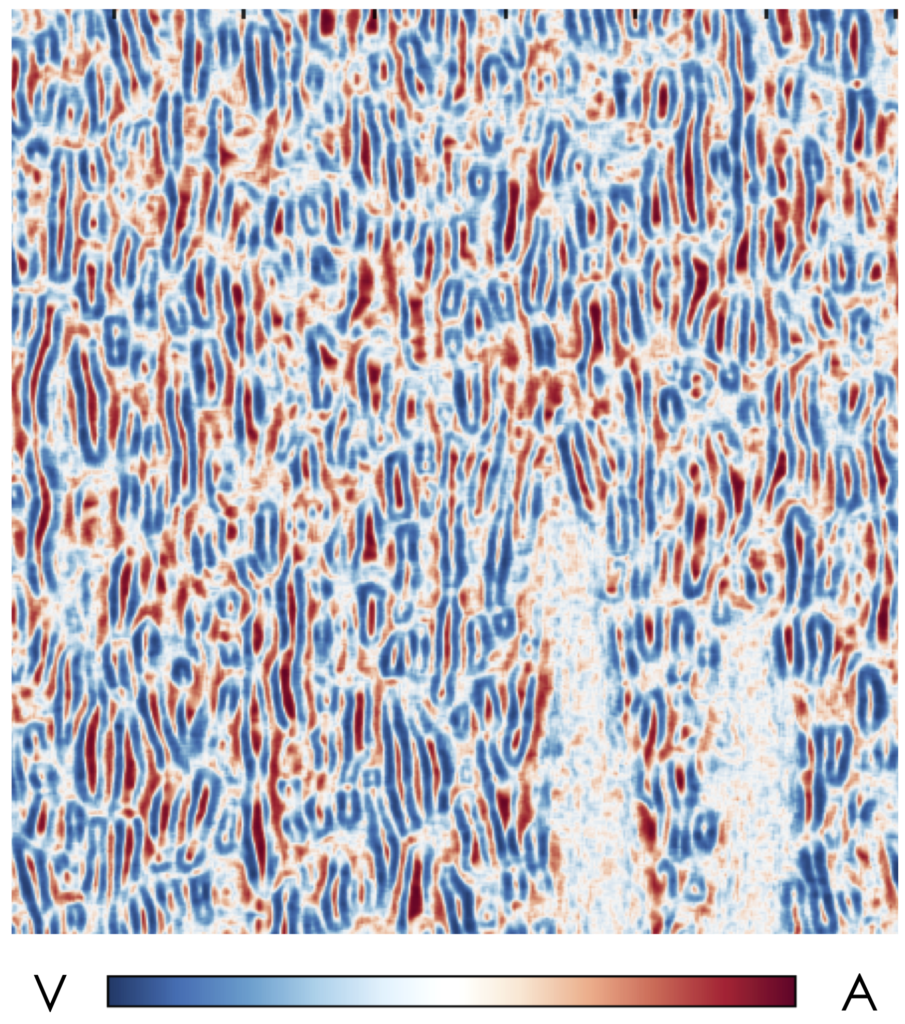
By blasting a frustrated mixture of materials with quick pulses of laser light, researchers transformed a superlattice into a supercrystal, a rare, repeating, three-dimensional structural much larger than an ordinary crystal. Using machine learning techniques, they studied the underlying structure of this sample at the nanoscale level before and after applying the laser pulse treatment.
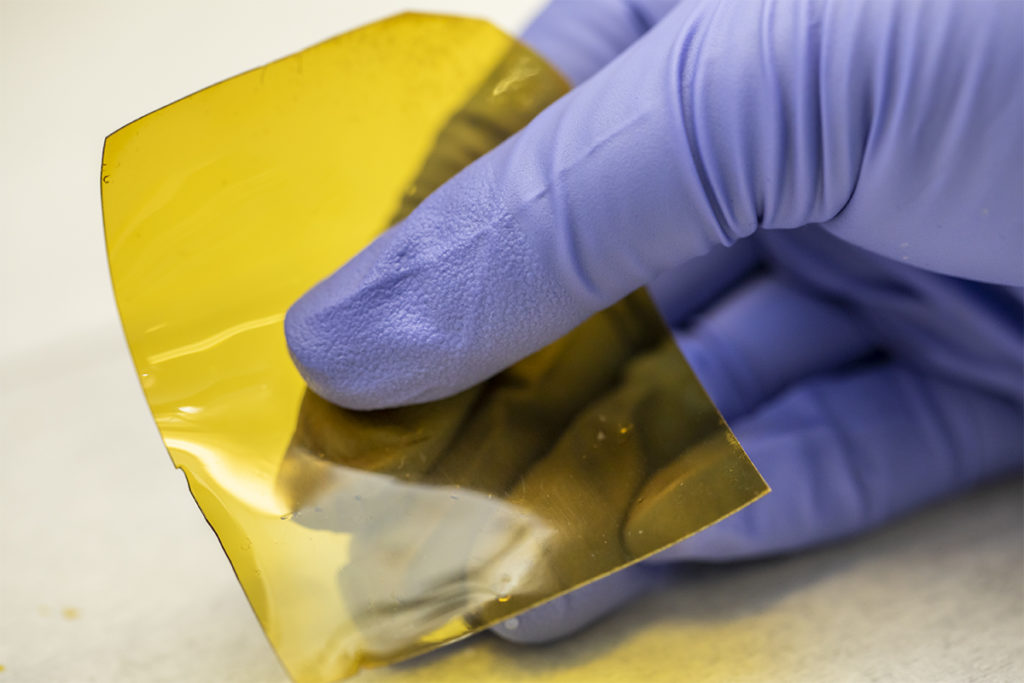
Scientists at Berkeley Lab have designed an affordable ‘flow battery’ membrane that could accelerate renewable energy for the electrical grid.
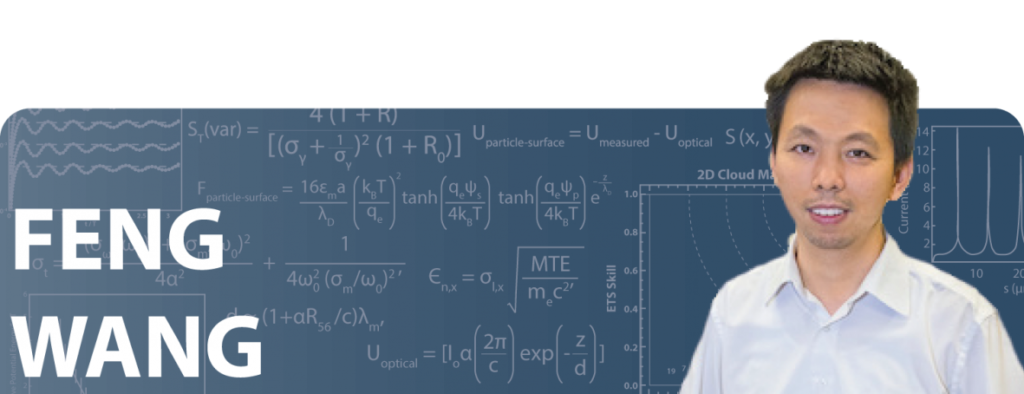
Feng Wang is a Professor in the Department of Physics at the University of California – Berkeley and a faculty scientist at the U.S. Department of Energy’s Lawrence Berkeley National Laboratory.
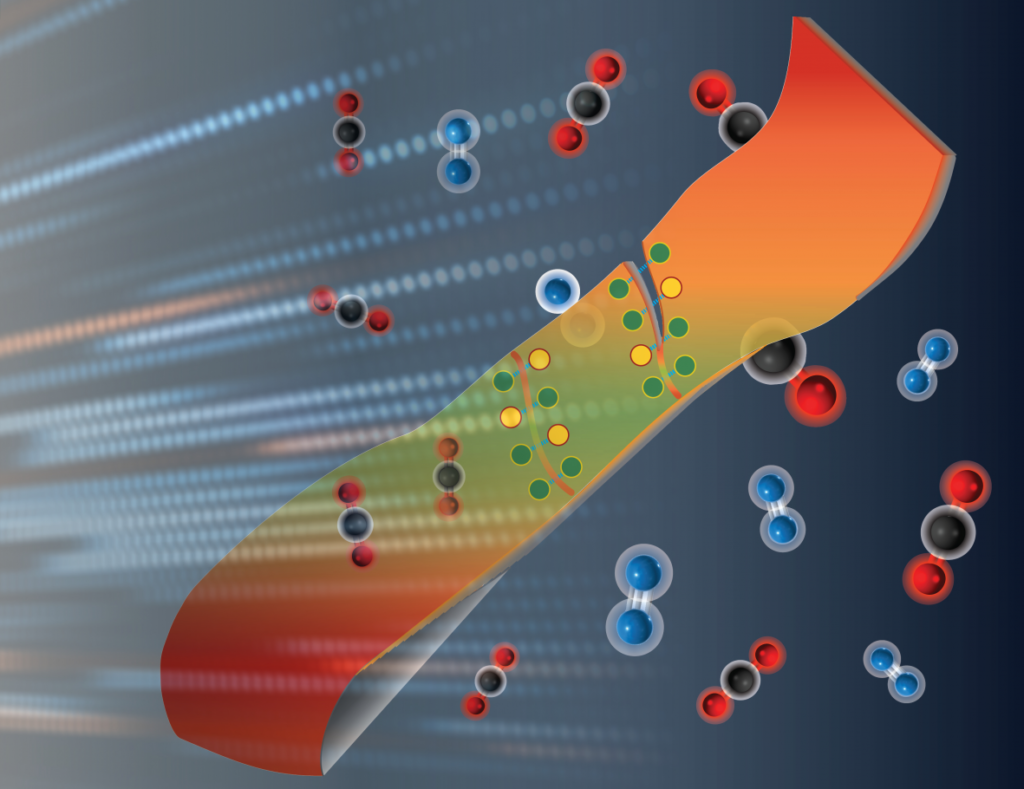
The future of materials science covers a smorgasbord of applications: batteries that self-repair, wind turbines robust enough to withstand the extreme forces put on them, or long-lasting devices that only require replacing small parts every so often. Before getting to these applications, these basic science questions need to be answered. These questions are one reason the Department of Energy (DOE) supports research in this area at universities and national laboratories around the country.

Scientists at Berkeley Lab have demonstrated how a powerful electron microscopy technique can provide direct insight into the performance of any material – from strong metallic glass to flexible semiconducting films – by pinpointing specific atomic “neighborhoods.”

Bone and mollusk shells are composite systems that combine living cells and inorganic components. This allows them to regenerate and change structure while also being very strong and durable. Borrowing from this amazing complexity, researchers have been exploring a new class of materials called engineered living materials (ELMs).
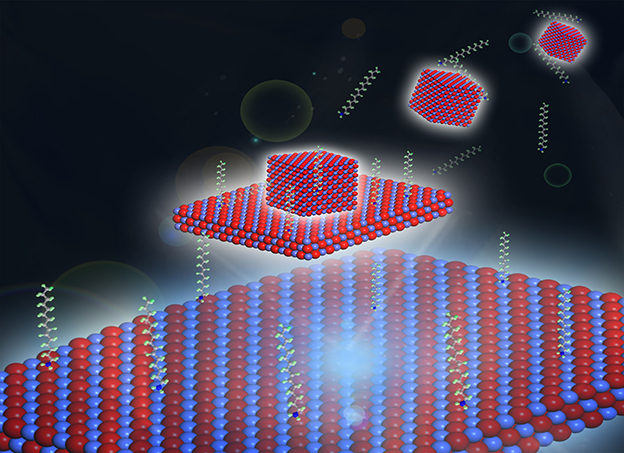
A team of scientists led by the Department of Energy’s Lawrence Berkeley National Laboratory (Berkeley Lab) has gained valuable insight into 3D transition metal oxide nanoparticles’ natural “edge” for 2D growth.

Materials scientist Nic Argibay and health and safety senior manager Rafael Gonzalez were honored for leadership and achievement in science, technology, engineering and math.
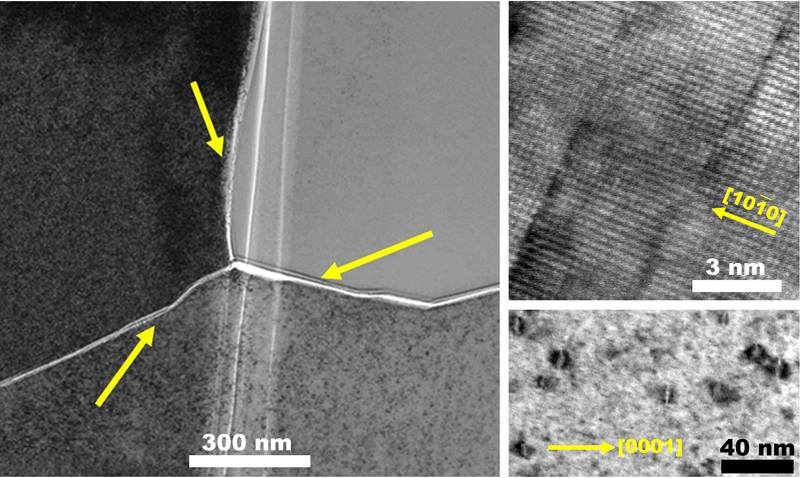
Future fusion reactors will require materials that can withstand extreme operating conditions, including being bombarded by high-energy neutrons at high temperatures. Scientists recently irradiated titanium diboride (TiB2) in the High Flux Isotope Reactor (HFIR) to better understand the effects of fusion neutrons on performance.
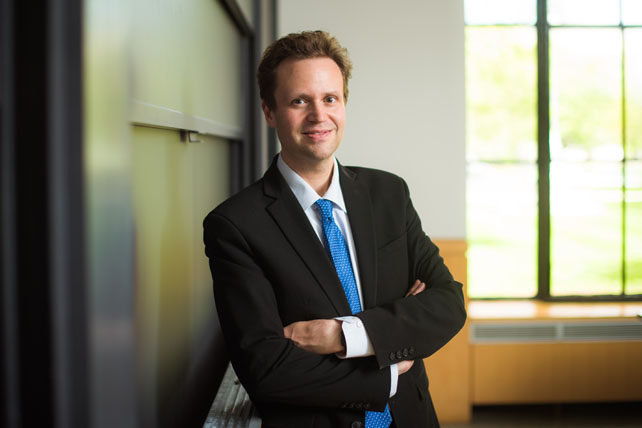
MRS Bulletin is pleased to announce the appointment of Markus J. Buehler, McAfee Professor of Engineering at the Massachusetts Institute of Technology (MIT), as editor of the new MRS Bulletin Impact section. In this new position, Buehler will partner with MRS Bulletin Editor Gopal R. Rao and his team to launch and develop an important new section of the journal focused on publishing high-impact original research articles, complemented by review articles and a strong set of editorial content. His tenure begins October 1.

The Achilles Heel of “metallic glasses” is that while they are strong materials—even stronger than conventional steels—they are also very brittle. The initial failures tend to be localized and catastrophic. This is due to their random amorphous (versus ordered crystalline) atomic structure. Computer simulations revealed that the structure is not completely random, however, and that there are some regions in the structure that are relatively weak. Defects nucleate more easily in these regions, which can lead to failure. This understanding of the mechanical properties has led to a strategy for making the material stronger and less brittle.
An international team led by researchers at The University of Texas at Dallas and Nankai University in China has discovered a new technology for refrigeration that is based on twisting and untwisting fibers.
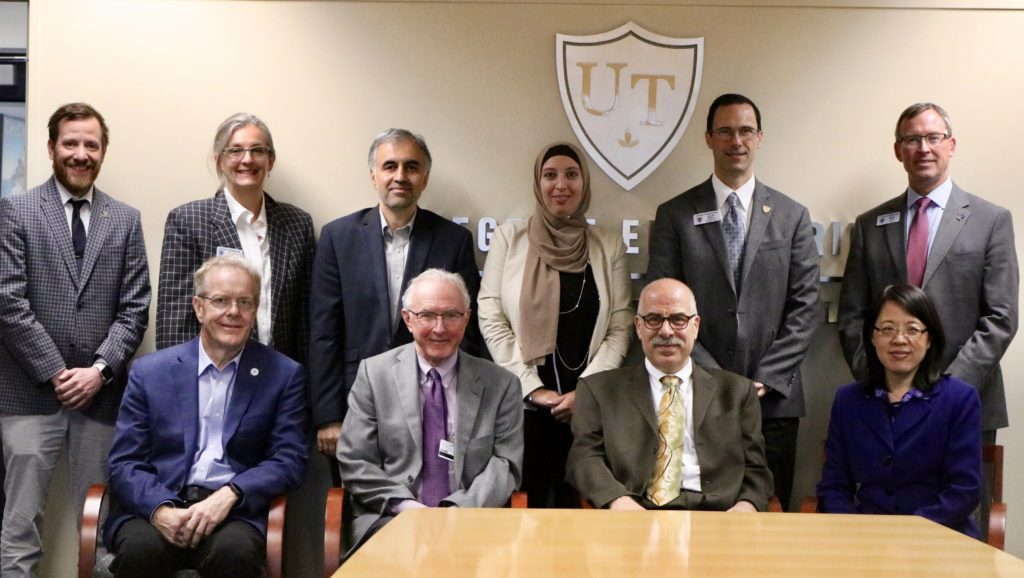
The U.S. Department of Energy’s Oak Ridge National Laboratory and The University of Toledo have entered into a memorandum of understanding for collaborative research into the advanced design and manufacturing of high-strength, intelligent, lightweight materials for use by the automotive sector.
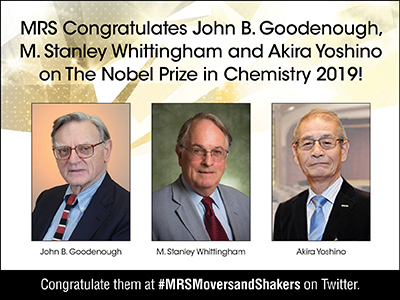
According to the official Nobel announcement, “The Nobel Prize in Chemistry 2019 rewards the development of the lithium-ion battery. This lightweight, rechargeable and powerful battery is now used in everything from mobile phones to laptops and electric vehicles. It can also store significant amounts of energy from solar and wind power, making possible a fossil fuel-free society.”

Alloys (metals combining two or more metallic elements) are typically stronger and less susceptible to cracking than pure metals. Yet when alloys are subjected to stress and a harsh chemical environment, the alloy can fail. The reason? Cracks caused by corrosion.

Scientists have developed a novel and efficient approach to surface cleaning, materials transport, and repair.
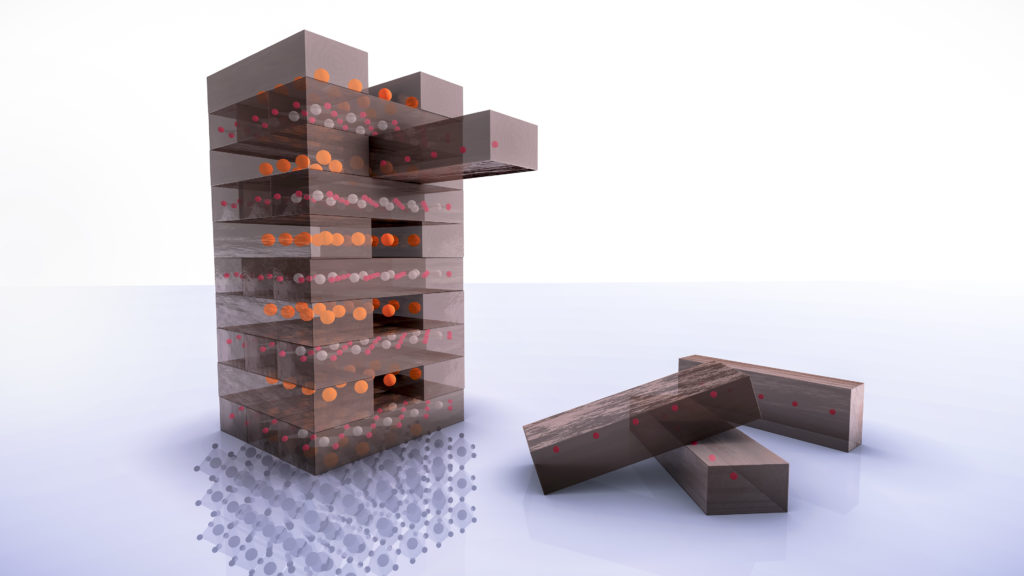
Scientists at SLAC and Stanford have made the first nickel oxide material that shows clear signs of superconductivity – the ability to transmit electrical current with no loss. The first in a potential new family of unconventional superconductors, its similarity to the cuprates raises hopes that it can be made to superconduct at relatively high temperatures.

Six new nuclear reactor technologies are planned to commercially deploy between 2030 and 2040. ORNL’s Weiju Ren heads a project managing structural materials information. This conversation explores challenges and opportunities in sharing nuclear materials knowledge internationally.
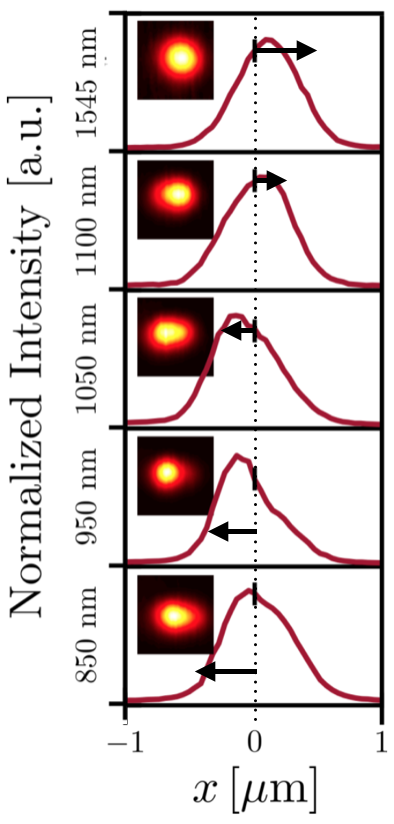
Scientists have tested an experimental system that uses a near-infrared laser to actively heat two gold nanorod antennae to different temperatures. The nanorods are electromagnetically and thermally coupled, yet the team measured reversible temperature differences of up to 20 degrees Celsius.
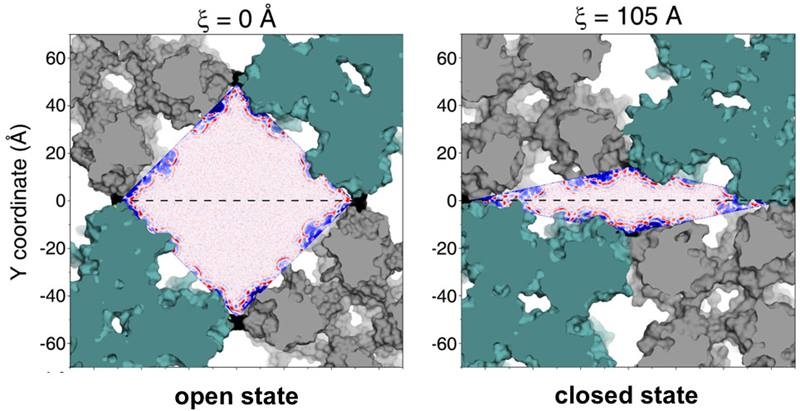
For the first time, a team determined and predictably manipulated the energy landscape of a material assembled from proteins. Designing materials that easily and reliably morph on command could benefit water filtration, sensing applications, and adaptive devices.
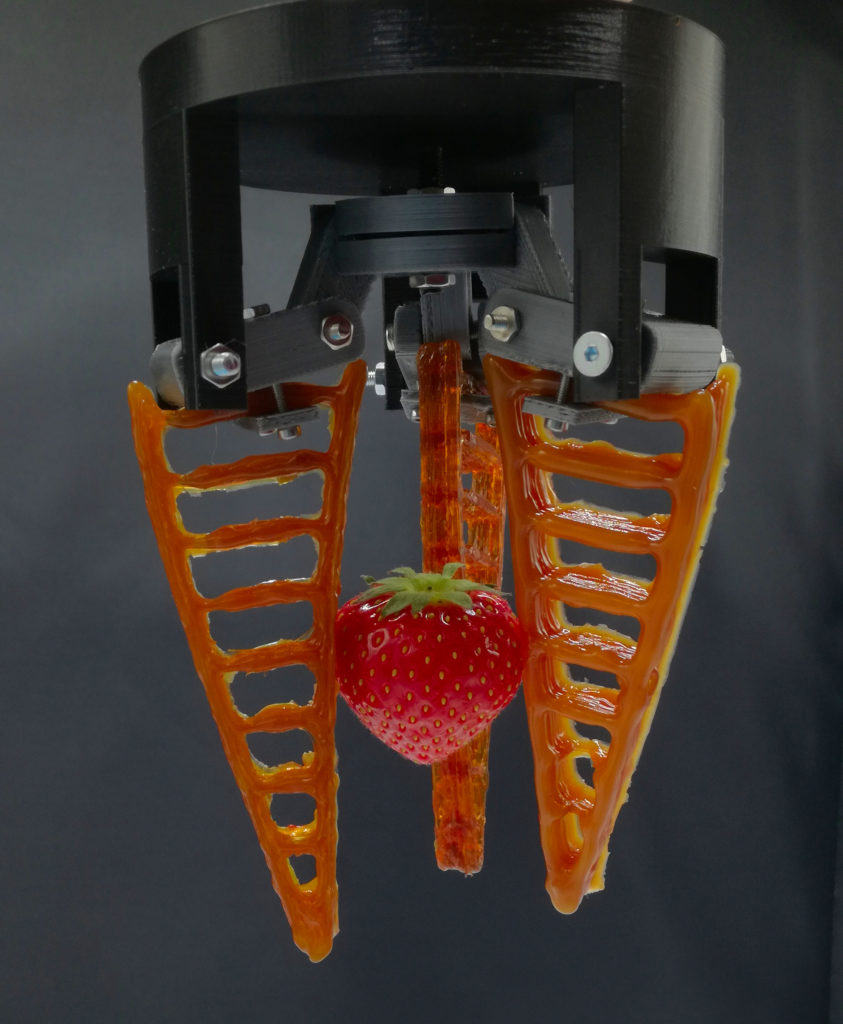
Over the next three years, researchers from the Vrije Universiteit Brussel, University of Cambridge, École Supérieure de Physique et de Chimie Industrielles de la ville de Paris (ESPCI-Paris) and Empa will be working together with the Dutch Polymer manufacturer SupraPolix on the next generation of robots: (soft) robots that ‘feel pain’ and heal themselves. The partners can count on 3 million Euro in support from the European Commission.
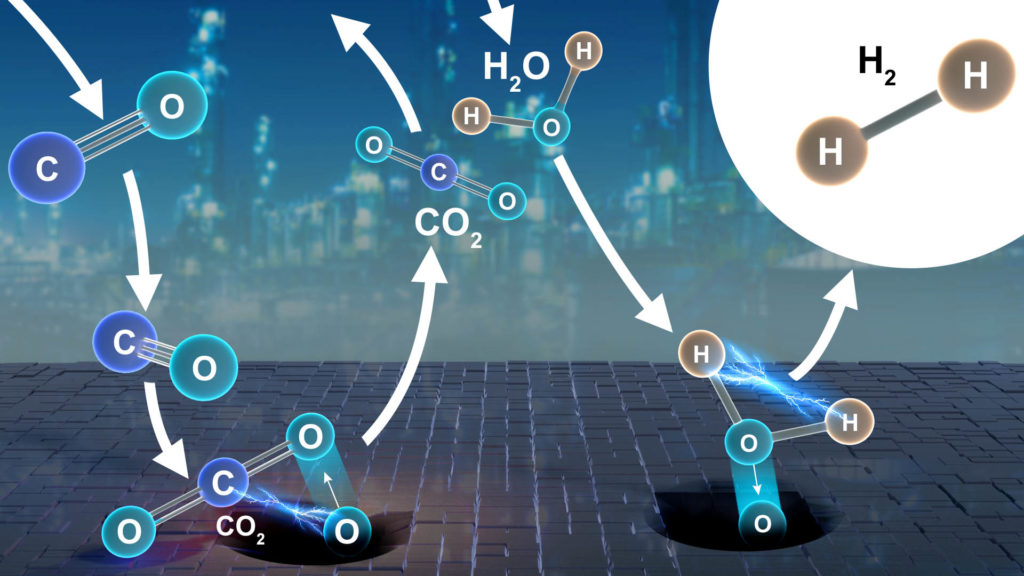
Collaborators at the Department of Energy’s Oak Ridge National Laboratory and U.S. universities used neutron scattering and other advanced characterization techniques to study how a prominent catalyst enables the “water-gas shift” reaction to purify and generate hydrogen at industrial scale.

Dr. Y. Shirley Meng, recently named as the new Editor-in-Chief of MRS Energy & Sustainability journal, received her PhD in advanced materials for micro- and nanosystems from the Singapore-Massachusetts Institute of Technology (MIT) Alliance in 2005, after which she worked…

New research presented at the 2019 Astrobiology Science Conference in Bellevue, Wa. BELLEVUE, WA –The frigid lakeshores of Saturn’s moon Titan might be encrusted with strange, unearthly minerals, according to new research being presented here. Scientists re-creating Titan-esque conditions in…